Content, content, content.
It seems like content is the only thing anyone can talk about these days.
You’ve probably read post after post about how “content is king” at least a dozen times.
However, despite your best efforts, you can’t seem to see what the content hype is all about.
You write blog posts.
You create videos.
You participate in social media.
And yet, crickets.
You’re creating content, but it’s not getting you very far.
Unfortunately, creating content isn’t enough to really market your business.
If no one is engaging with what you’re producing, you’re simply wasting time, energy, and resources to clutter an already overcrowded web.
But this doesn’t mean content marketing is ineffective.
In fact, 20% of business owners believe content marketing will have the largest impact on their business in 2018.
If you’re not getting results from the content you’re creating, it typically means you’re doing something wrong.
But with a projected 16% growth rate between 2017 and 2021, content marketing isn’t something you can just hope will pass by.
If you want to market your business successfully, you need to find your errors, shape up your content, and start getting conversions.
To help you improve your content marketing strategy, here are seven of the biggest mistakes you might be making – and what you can do to turn your results around.
1. You have no strategy
Are you posting whatever you want, whenever you want?
A lot of marketers do this.
In fact, only 37% of B2B marketers have a documented content marketing strategy.
This means the majority of marketers aren’t thinking strategically about the content they’re creating.
This makes it easy for your audience to ignore whatever you’re sharing.
A content marketing strategy helps you identify what you’d like to accomplish with your content, as well as how you’re going to use your content to achieve your larger business goals.
In other words, it forces you to put intention behind your content.
Moz describes content marketing strategy as the overlap between content marketing and content strategy.
At this intersection, you’re able to use the content you’ve created to bring your business plans to life.
If you’re operating without a content marketing strategy, this disconnect makes it difficult for your target audience to know what you want them to do.
However, when you create a plan, you’re putting a purpose behind your content.
Creating a content marketing plan doesn’t need to be difficult.
In fact, Content Marketing Institute outlines how you can create an effective plan in just one page by outlining your objectives, goals, metrics, and strategy.
Once this is done, you’re ready to move on to an editorial calendar.
Your editorial calendar should work hand-in-hand with the content marketing strategy you’ve created.
Here’s an example of an editorial calendar template from HubSpot.
This calendar breaks down exactly when you’re going to publish your blog post, as well as the title name, content details, and keywords you’re going to target.
It also shares which personas you’re trying to reach and what you’re going to offer them.
This kind of well thought out planning means each piece of content you upload fits within the content marketing plan you’ve established.
There are dozens of ways you can create an editorial calendar.
Quickbooks chooses to house their editorial calendar in Airtable – allowing one editor to manage over 4,000 pieces of content.
Others, like Buffer, turn to Trello.
Personally, I like Asana.
But the tool isn’t the point. The best tool is ultimately the one you can get everybody to use consistently.
2. You’re not publishing enough
When it comes to uploading content, quality beats quantity any day.
However, if you’re just posting once a month, you’re going to struggle to grab any real attention.
Consistency is key to building trust and credibility both with your audience and with search engines.
The idea is simple.
When you create more blogs, you’ll drive more traffic to your website.
With more traffic, you can prove to Google that you have content people want to read.
Once they understand you’re sharing valuable information, they’ll give your content a boost on their results pages – bringing in even more traffic and attention.
However, it’s easier said than done.
If you’re stuffing your website with low-quality information that your audience doesn’t care about, it doesn’t matter how frequently you post.
In fact, The Writing Cooperative found that blogging every day actually decreased their views compared to when they were posting just six times a month.
In March 2017, before their posting experiment, The Writing Cooperative was getting about 14,000 views each month.
But once they began blogging every day, views began to decrease.
The problem here is that they couldn’t continue to create high-quality content each and every day – and their readers noticed.
The key to getting attention through your content is finding the right balance between quality and quantity.
You also want to go beyond simple blog posts.
While blogging is a great way to bring traffic to your website, it doesn’t appeal to everyone.
Not everyone likes to read blog posts.
In fact, 53% of consumers said they’d like to see more videos in the future.
And with customers becoming more and more dependent on voice search and smart speakers, blogging isn’t always the most effective way to deliver content.
When you’re thinking about how often you should publish, you also want to consider what you’re publishing.
Videos can be a great way to grab attention, break down complex topics in a way that is easier for your audience to understand, or show off your products.
For example, Red Bull uses YouTube to show off the extreme sports, events, and competitions they sponsor.
With over seven million subscribers to their channel, Red Bull has one of the most popular YouTube pages out there.
Infographics are another way you can make your content more interesting for your audience, especially if you’re showing off large amounts of data or research.
In fact, over 41% of marketers said that infographics were the most engaging forms of visual content for their audience.
This ranked even higher than videos.
Infographics are insanely popular because they’re easy to skim and visual, making them ideal content for your always-busy customers and clients.
You can also expand your reach and get more attention to your content by producing podcasts.
Podcasts have been increasing in popularity over the past couple of years, with an estimated 67 million individuals listening to podcasts every month in 2017.
Repurposing written content into spoken can help you reach customers who don’t enjoy reading – expanding your audience to new individuals.
When trying to create different kinds of content, don’t be afraid to get creative.
However, you always want to think back to your target audience.
Focus on creating content that your audience will want to engage with.
3. You’re confusing content with sales pitches
Your content shouldn’t sell.
Sure, the whole purpose of marketing is to create interest in your business and drive sales.
But you can’t start out a relationship with a potential lead with a sales pitch.
Today’s customers don’t like being sold to.
That’s mainly because they don’t need to be sold to.
With the Internet at their fingertips, customers are more capable of discovering their options without ever needing to speak with a salesperson.
In fact, 60% of consumers won’t connect with a salesperson until they’ve already created a shortlist of potential purchases.
By the time they’re ready to buy, they already know more or less what they’re looking for.
This means you need to use your content to educate them – before you ever have the opportunity to connect.
Your content should be specially formatted to meet the unique needs of your buyer during every stage of their journey.
Let’s break down what that journey looks like.
First, your lead needs to become aware of your brand.
This means you need to be entertaining, engaging, or interesting enough to stand out from the piles of information already on the web.
You can do this in the form of videos, fun blog posts, educational webinars, and engaging social posts.
Take a look at this Instagram post from GoPro.
This high-quality image is attention-grabbing, causing followers to stop their scrolling and take notice.
However, it also shows off what the GoPro is capable of – increasing awareness about the brand and its products.
Next comes the consideration phase.
During consideration, your audience needs to better understand their problem, as well as their available solutions.
The content you might create for them could include product comparison videos or articles, case studies, or podcasts.
Here’s an example of a webinar from Instapage that would attract customers in the consideration phase.
During this webinar, participants learn more about how Instapage and Marketo can help lower their cost of customer acquisition, helping them determine if it’s the right solution for them.
This then brings the lead to the next stage of the buyer’s journey – the decision phase.
At this time, your lead is ready to choose which product or service is right for them.
You can encourage their decision with testimonials, product reviews, and demonstration videos.
Codeacademy uses their Stories page to share how past participants have used their skills to change their lives or careers.
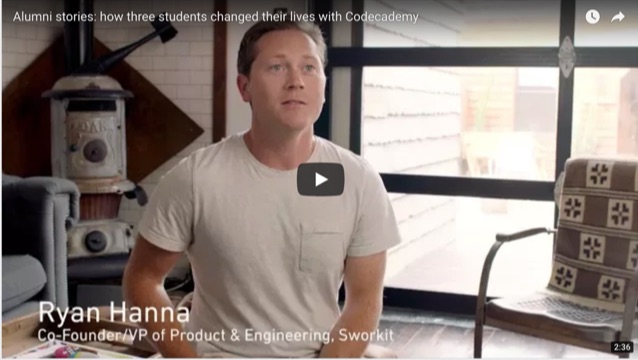
These stories function the same as testimonials, allowing potential customers on the fence about purchasing to see how the deci
source https://blog.kissmetrics.com/why-is-nobody-reading-content/
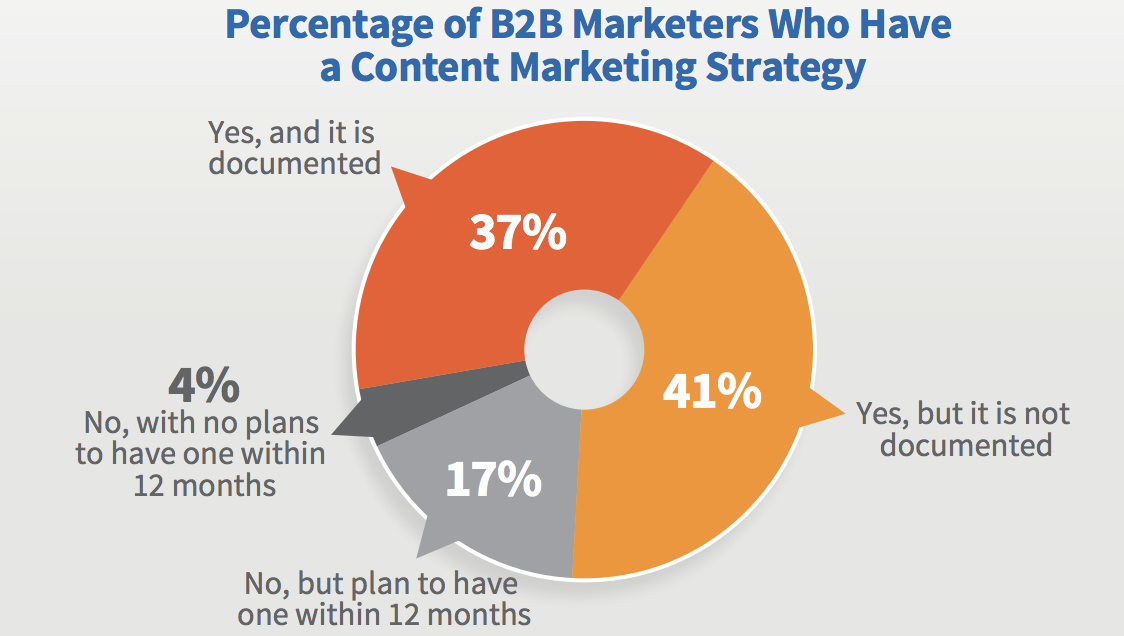
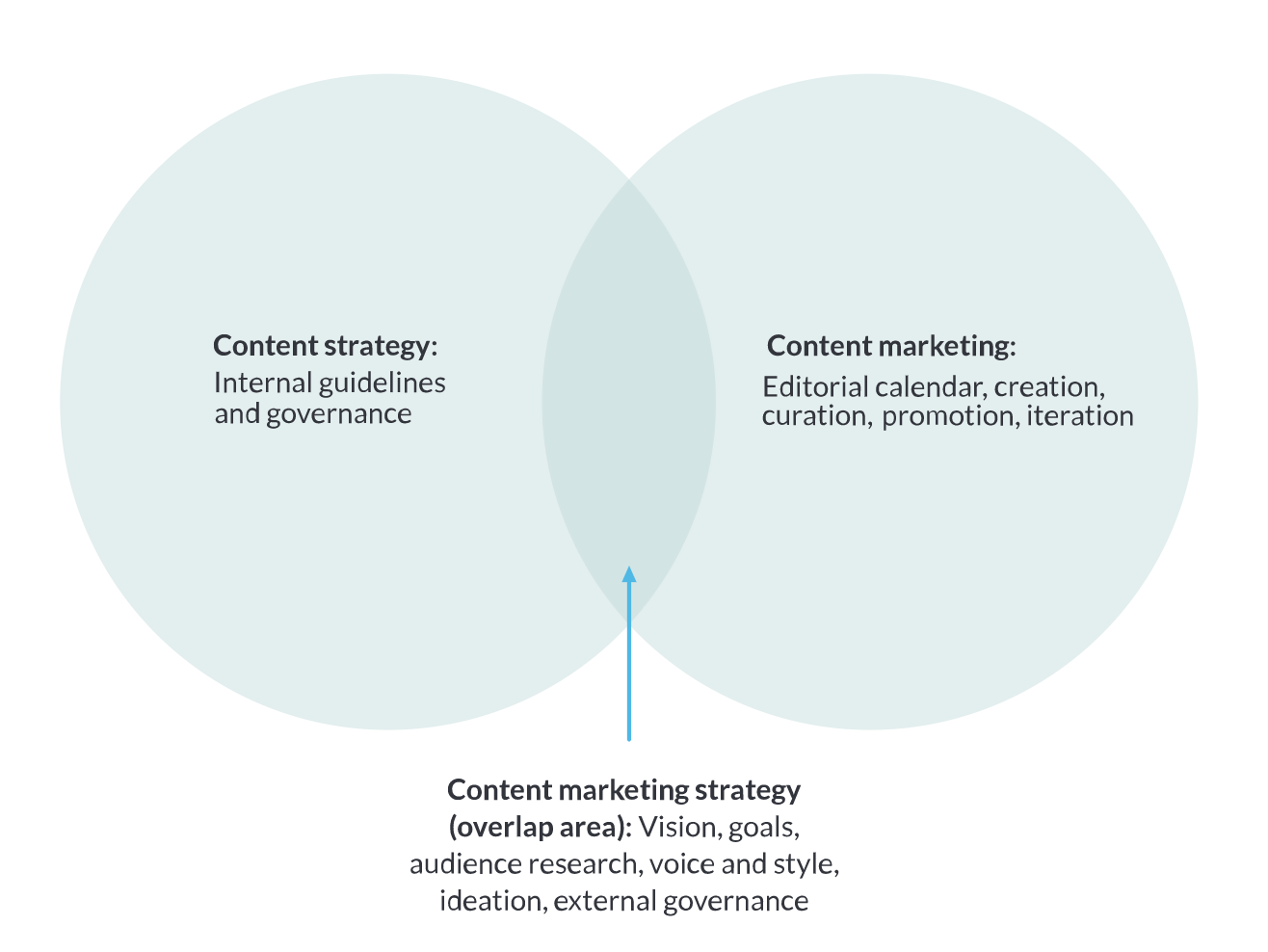
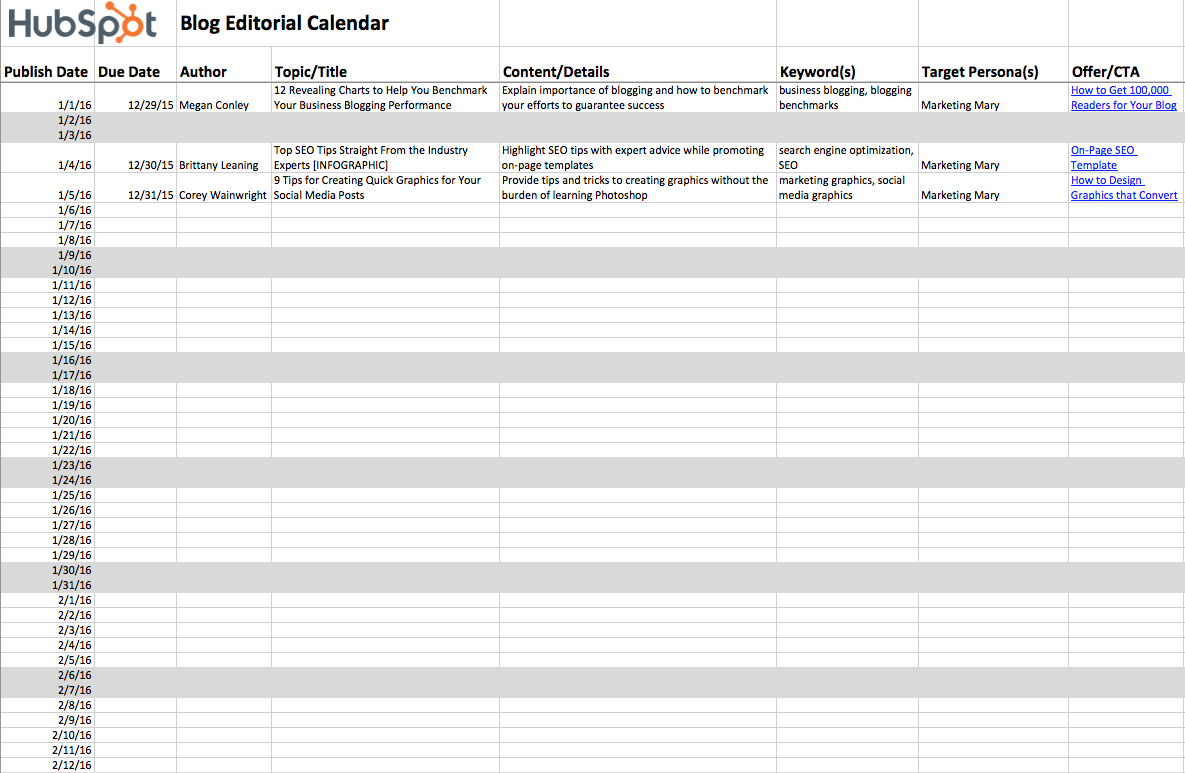
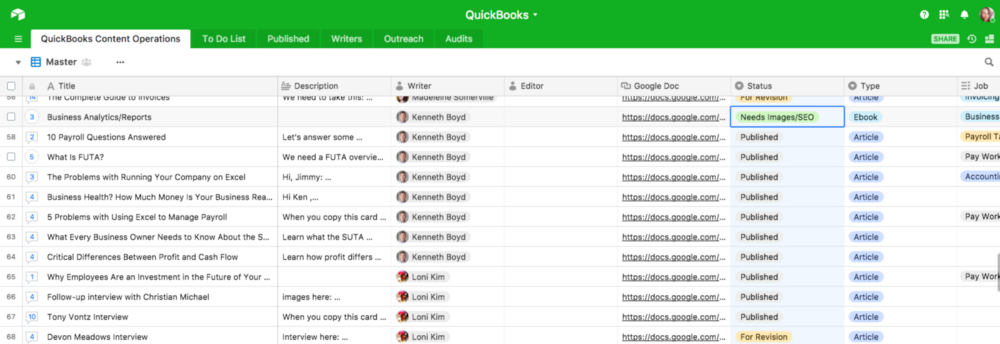
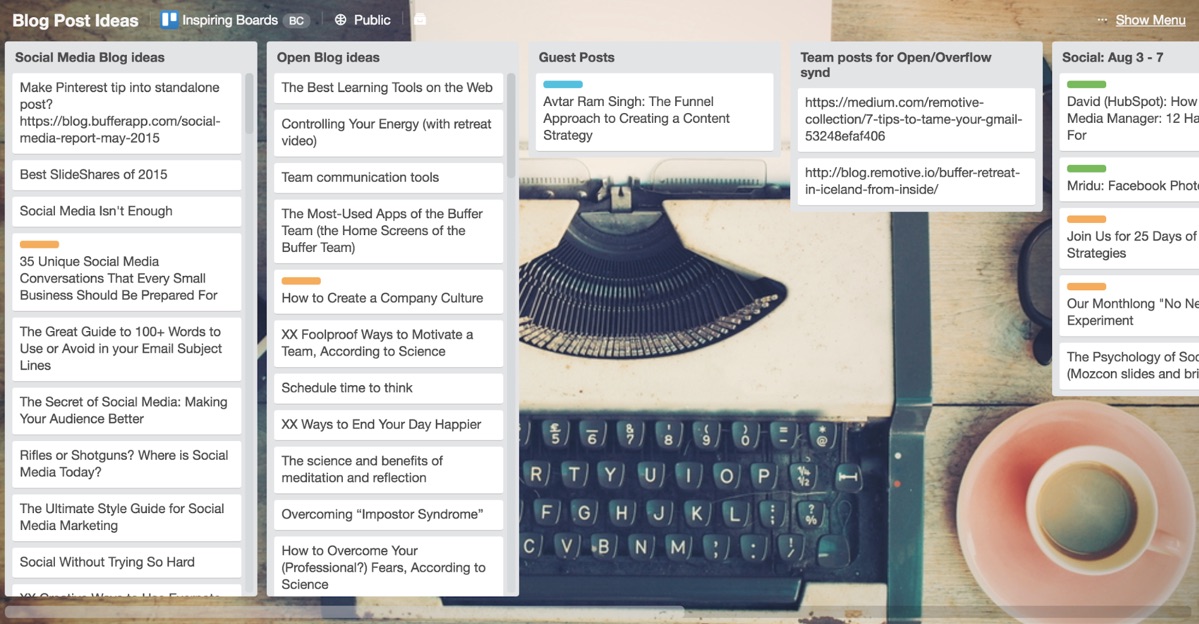
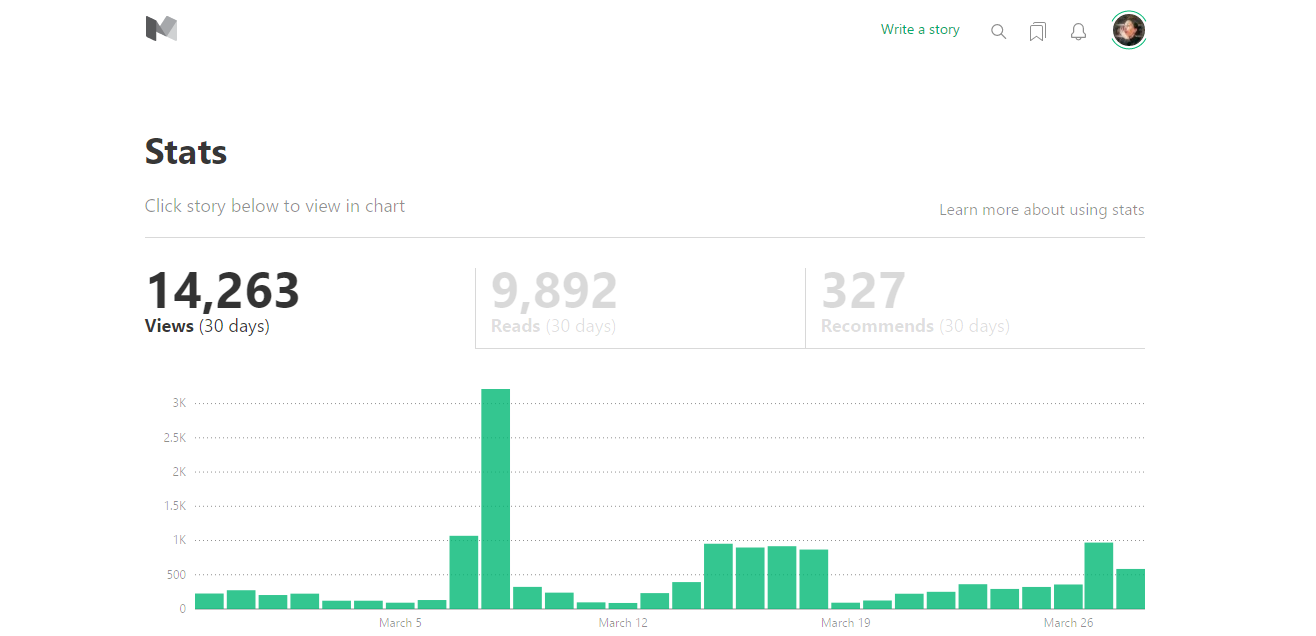
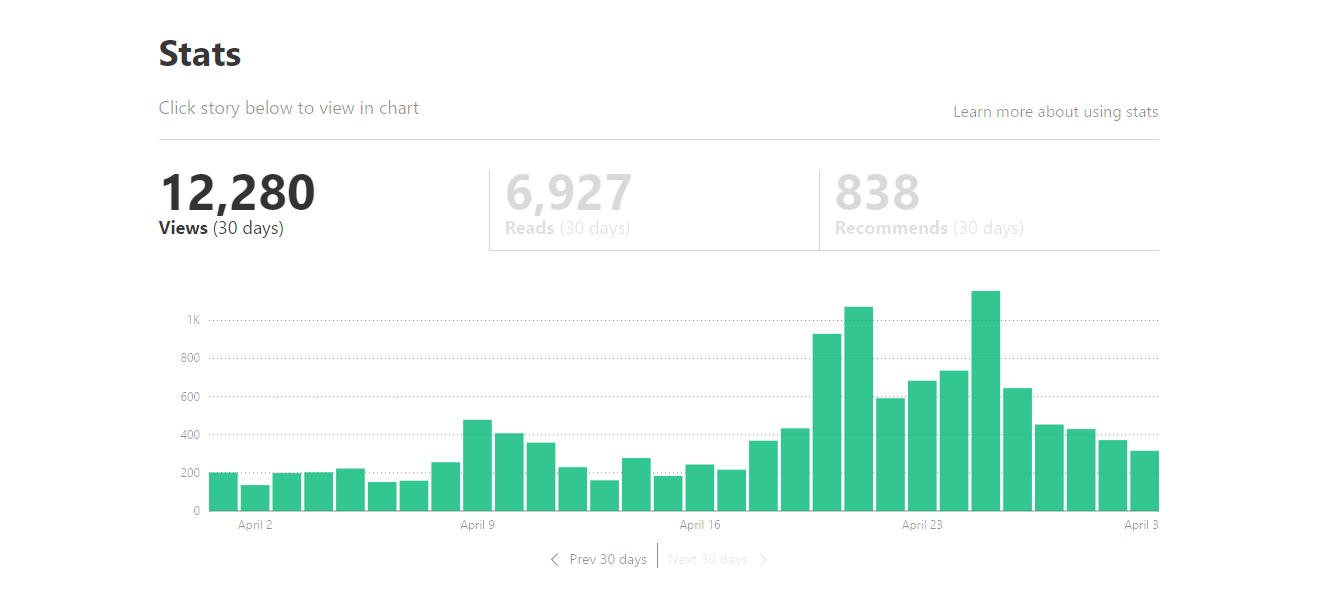
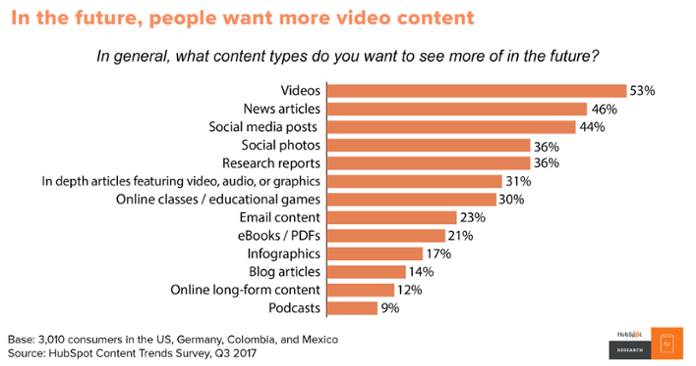

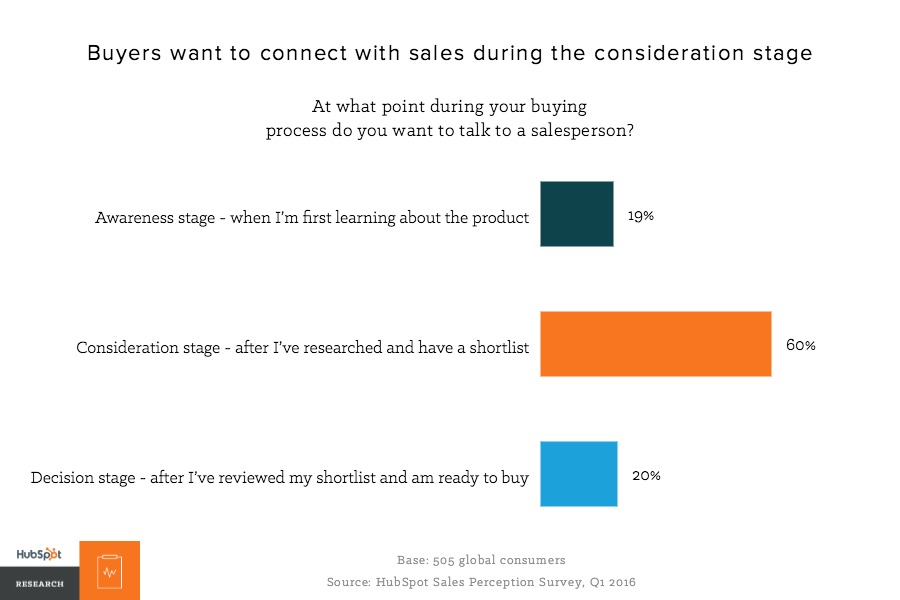
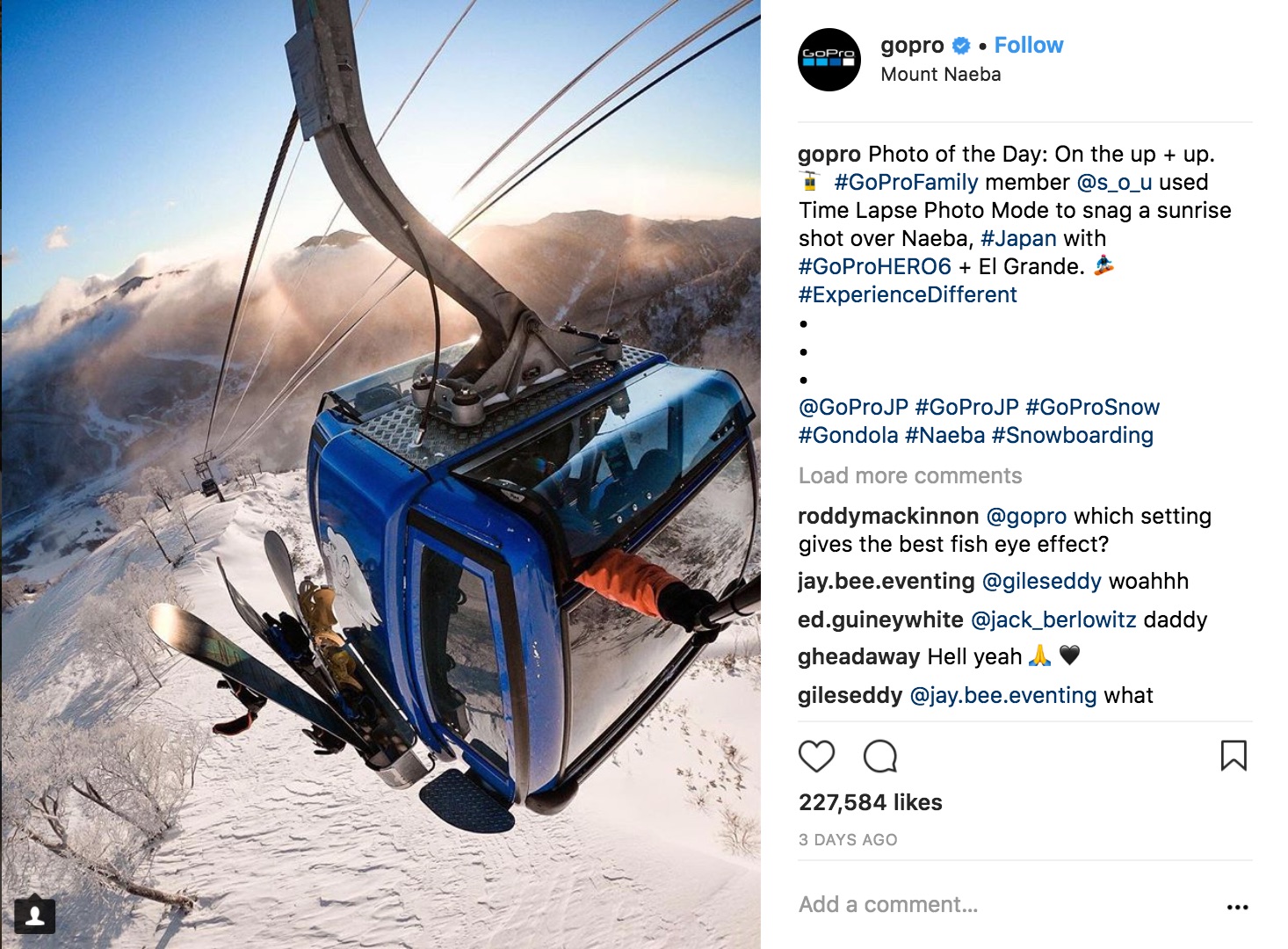

No comments:
Post a Comment